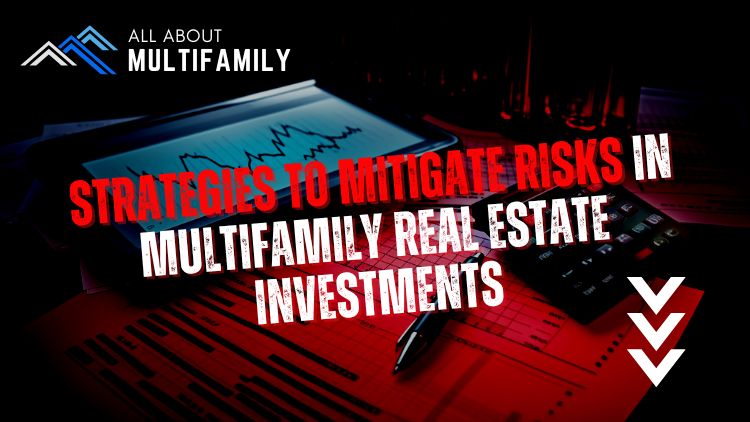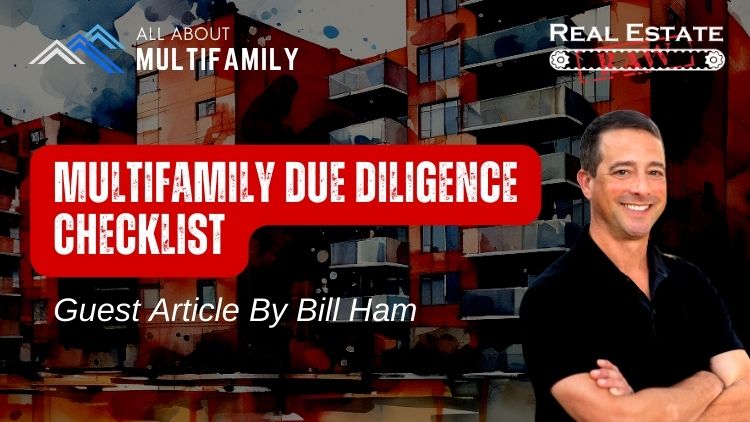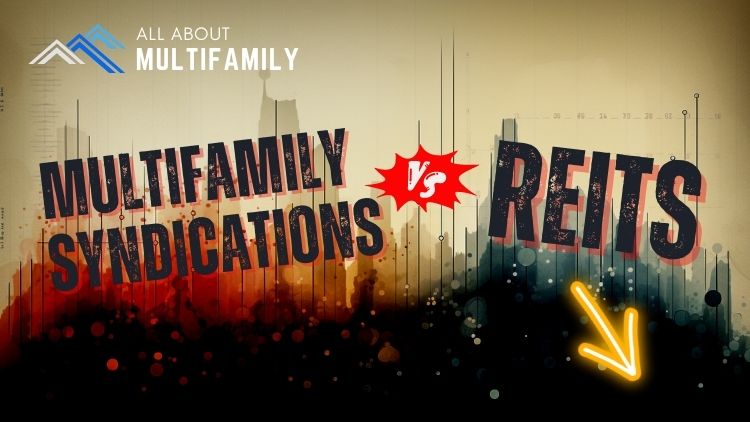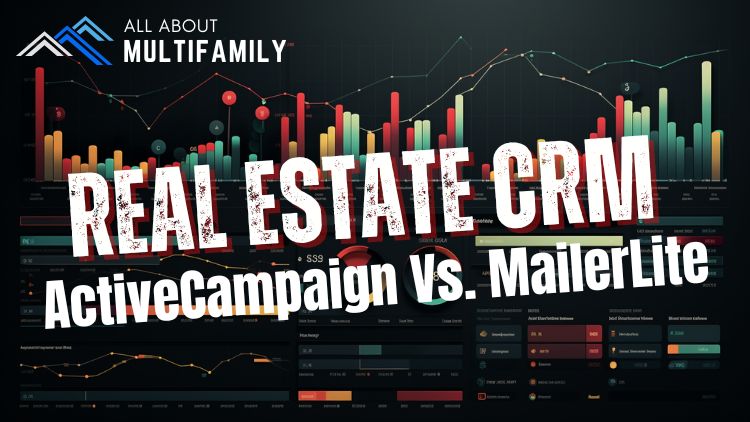In the realm of real estate and property leasing, both master leases and subleases are terms that often come up. While they involve leasing arrangements, they have distinct differences that can significantly impact the roles, responsibilities, and rights of the parties involved. Let’s explore the disparities between master leases and subleases:
A master lease involves a direct leasing relationship between the property owner (master lessor) and a master tenant. In this arrangement, the master tenant leases the property from the owner and assumes the role of a landlord for subtenants. Here’s how a master lease works:
- Agreement: The property owner and the master tenant enter into a master lease agreement, outlining terms such as rent, lease duration, maintenance responsibilities, and permissible subleasing.
- Control: The master tenant gains control over the property and holds the rights and responsibilities of a landlord. They can sublease the property to subtenants.
- Subleasing: The master tenant becomes a lessor to subtenants, entering into sublease agreements with them. Subtenants pay rent to the master tenant, who, in turn, pays rent to the property owner.
- Property Management: The master tenant is responsible for property management, including rent collection, maintenance, and tenant relations.
- Profit Potential: The master tenant’s goal is to generate rental income from subtenants that exceeds the rent paid to the property owner, thus creating a profit.
- Option to Purchase: Some master lease agreements may grant the master tenant an option to purchase the property at a predetermined price and within a specified timeframe.
Sublease:
A sublease, on the other hand, is an arrangement in which a current tenant (sublessor) leases part or the entire property to a new tenant (sublessee). Here’s an overview of subleasing:
- Agreement: The original tenant (sublessor) remains bound by the original lease agreement with the property owner while creating a new lease agreement with the sublessee.
- Control: The sublessor retains control over the property and continues to interact with the property owner. The sublessee does not have a direct relationship with the property owner.
- Subleasing: The sublessor leases all or part of the property to the sublessee, who pays rent to the sublessor. The sublessor, in turn, pays rent to the property owner.
- Property Management: The sublessor remains responsible for property management and any obligations stipulated in the original lease agreement.
- Profit Potential: The sublessor’s goal is to cover their own rent to the property owner while potentially generating additional income from the sublessee.
- Consent: Many lease agreements require property owner consent before subleasing can occur. The property owner may need to approve the sublessee.
Key Differences:
- Direct Relationship: In a master lease, the master tenant has a direct relationship with the property owner, while in a sublease, the sublessor maintains the relationship.
- Responsibility: In a master lease, the master tenant assumes the responsibilities of a landlord for subtenants. In a sublease, the sublessor remains responsible for the property and its obligations.
- Control: The master tenant has control over the property in a master lease, whereas the sublessor retains control in a sublease.
- Subleasing Authority: In a master lease, the master tenant can sublease to multiple subtenants. In a sublease, the sublessor leases to a single sublessee.
| Aspect | Master Lease | Sublease |
|---|---|---|
| Parties Involved | Property Owner, Master Tenant, Subtenants | Property Owner, Sublessor, Sublessee |
| Direct Relationship | Master Tenant has direct relationship with Property Owner | Sublessor maintains relationship with Property Owner |
| Control | Master Tenant has control over the property and subleases to subtenants | Sublessor retains control over the property and subleases to sublessee |
| Subleasing Authority | Master Tenant can sublease to multiple subtenants | Sublessor leases to a single sublessee |
| Responsibility | Master Tenant assumes responsibilities of a landlord for subtenants | Sublessor remains responsible for property and lease obligations |
| Property Management | Master Tenant manages property and subtenants | Sublessor manages property and sublessee |
| Profit Potential | Master Tenant aims to generate profit from rent collected from subtenants | Sublessor aims to cover own rent and potentially generate additional income |
| Consent Requirement | Property Owner’s consent may be required for subleasing | Property Owner’s consent is often required for subleasing |
| Sublease Duration | Subleasing duration is subject to terms of master lease | Subleasing duration is determined by sublessor’s lease term |
| Option to Purchase | Master Tenant may have an option to purchase property | Sublessee typically does not have an option to purchase |
Both master leases and subleases offer distinct advantages and considerations. Property owners, master tenants, sublessors, and sublessees should carefully assess their specific needs and goals before entering into either arrangement. Legal guidance and clear lease agreements are essential to ensure a smooth and compliant leasing process.


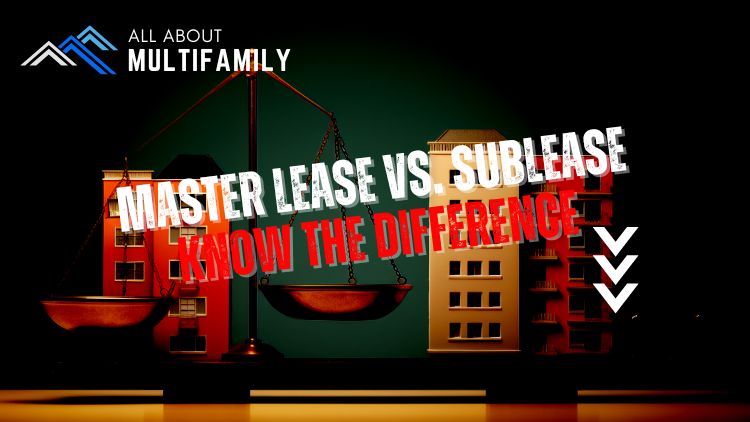





























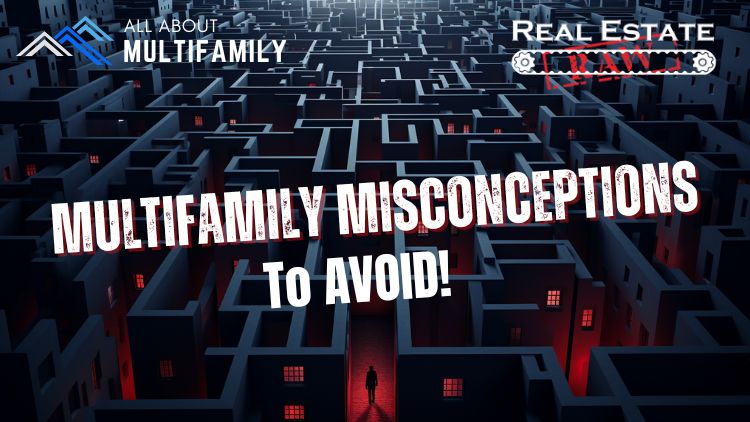











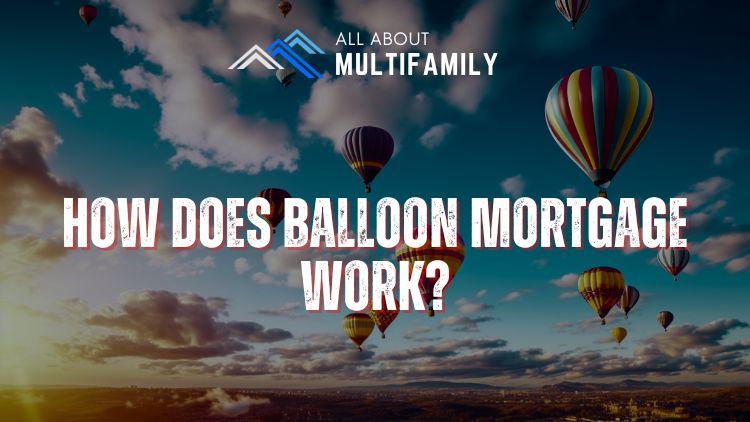

![An In-Depth Look at Jake and Gino's Coaching Program [A Review]](https://allaboutmultifamilyinvesting.com/wp-content/uploads/2023/10/AAM-BMP-Blog-Covers-750-×-422px-6.jpg)


![Email Marketing Tips for Multifamily Real Estate Syndicators to Raise Capital [Templates included]](https://allaboutmultifamilyinvesting.com/wp-content/uploads/2023/09/AAM-BMP-Blog-Covers-750-×-422px-4.jpg)
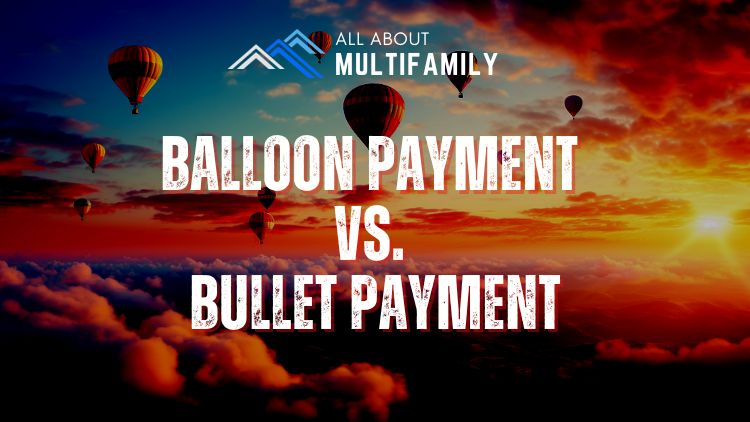
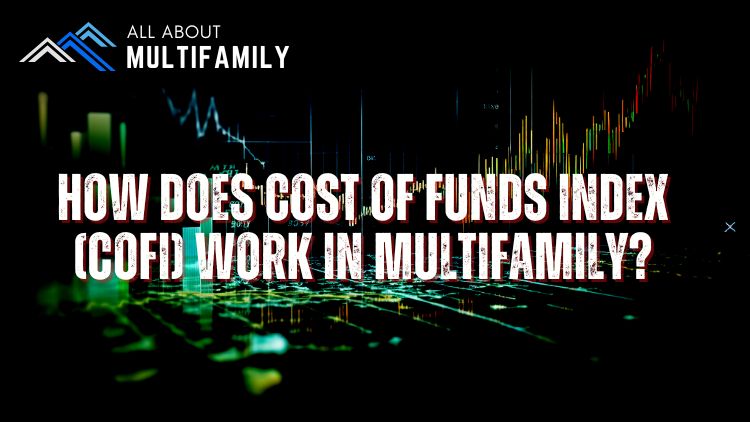




![The Richest Kids In America [Book Review]](https://allaboutmultifamilyinvesting.com/wp-content/uploads/2023/09/AAM-BMP-Blog-Covers-750-×-422px-84.jpg)



